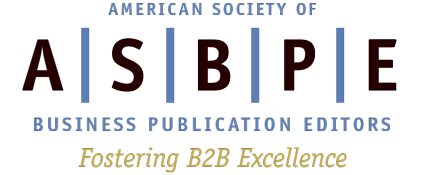iThenticate study ID’s 10 plagiarism formats worthy of attention
“It has become clear that understanding plagiarism is more complex than a simple assessment of originality.” This alert introduces a new study that defines ten possible plagiarism forms. Also identified: the most common and most serious among the group. Study sponsor iThenticate is a leading provider of plagiarism software to academic publishers.
“For universities and scholarly publishers to formulate a truly comprehensive strategy for addressing plagiarism,” notes the report, “a more thorough understanding of the many shades of duplication is beneficial.”

Ethics News Updates asked iThenticate if plagiarism’s upsurge could be attributed to digital media’s explosive growth. Here’s how Chris Harrick, vice president of marketing, responded:
“From what we’ve found, there’s no credible data quantifying the number of plagiarism cases directly attributed to the presence or advent of digital media. There’s considerable anecdotal discussion and expert opinions to show that the generations that followed Generation X have never known a world without digital media, and that the idea of intellectual property means something different and less serious to them. This attitude, combined with the ease of cutting and pasting and the huge volume of information available on the Internet, makes it easy to see how plagiarism may have become easier since digital media, but it would be hard to quantify if there’s more of it.”
According to Harrick, it may be reasonable to assert that there’s an increase in self-plagiarism since the advent of digital technology. While self-plagiarism is a relative newcomer on the scene, he said, it’s “certainly true that people are publishing their writing in multiple places on the internet, and journals are rightfully concerned about copyrights if that material has been previously published.”

iThenticate’s tracking of plagiarism incidence shows that since 2009, the number of submitted documents has doubled since 2009. The number of matched content (10M+ matches identified between 2011 and 2012) continues to climb correspondingly.
Data regarding the ten most prevalent plagiarism forms is based on a respondent pool of 334 research scientists from 50 different countries. The majority of respondents were in the science, engineering or medical fields. Most came from North America, India/Pakistan, the Middle East, and Europe.
The forms of plagiarism detailed in the survey are as follows:
- Replication: Submitting a paper to multiple publications in an attempt to get it published more than once.
- Duplication: Re-using work from one’s own previous studies and papers without attribution.
- Secondary source: Using a secondary source, but only citing the primary sources contained within the secondary one.
- Misleading attribution: Removing an author’s name, despite significant contributions; an inaccurate or insufficient list of authors who contributed to a manuscript.
- Invalid source: Referencing either an incorrect or nonexistent source.
- Paraphrasing: Taking the words of another and using them alongside original text without attribution.
- Repetitive research: Repeating data or text from a similar study with a similar methodology in a new study without proper attribution.
- Unethical collaboration: Accidental or intentional use of each other’s work without proper attribution; when people who are working together violate a code of conduct.
- Verbatim: Copying of another’s words and works without providing proper attribution, indentation or quotation marks.
- Complete: Taking a manuscript from another researcher and resubmitting it under one’s own name.
The type of plagiarism deemed most serious – complete plagiarism – was perceived as the least common. Other forms that led the survey in seriousness – namely verbatim plagiarism and unethical collaboration – were perceived to be far more common.
For more detailed evaluation of most serious and most common plagiarism forms, refer to the two accompanying tables.
(Responses to the above article will be included in an upcoming “Ethics Mailbag” summary. Please submit comments through our contact form.)
